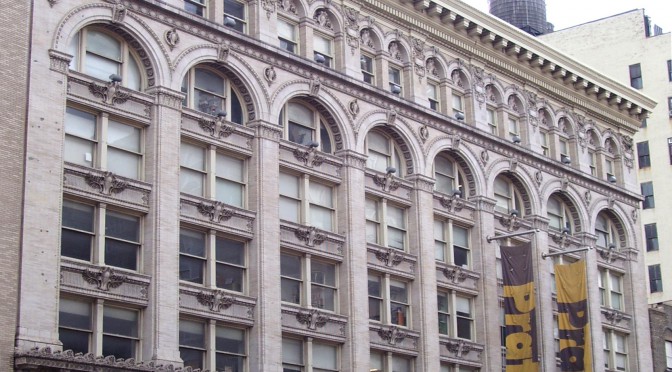Mark Addison Smith
Assistant Professor
Electronic Design and Multimedia
The City College of New York, CUNY
An illustration manifests “thought” through the viewer’s decoding of visual-based representation—be it text-based, image-based, or a combination of both. Logocentrism holds that original thought generates a need for spoken communication and, in turn, speech generates a need for writing. In a daily ritual since 2008, I redraw exact-dialogue fragments of overheard conversations as 7×11-inch India ink illustrations (combining direct-quote text with visual and tonal embellishment) and combine the single illustrations into larger, theme-based conversations between people who have never met or exchanged words. When amassed together as modular narratives, my black and white drawings—collectively titled You Look Like The Right Type—start having grayscale conversations with one another across time, place, age, and gender (the who, what, when, where, why, and how of journalistic-narrative documentation). And the audience, as interlocutor, triangulates the conversation by reading that which was once spoken and making their own non-linear, grayscale associations between text, image, and completion of what’s left unsaid. Thus, original thought emerges not only through my reinterpretation of other voices, but also through z-axis, non-linear readability (or, Scott McCloud’s “infinite canvas”).
In his 1967 text, Of Grammatology, Derrida argues for a definition of grammatology in which written language is not derivative of spoken language, but, rather, the two become independent, legitimate signifiers for original thought. Thus, the written word (including text-based illustration) can be understood from a stance as comprehensive as the spoken word. Within my You Look Like The Right Type series, I’ve been archiving daily conversation fragments as black and white illustrations since 2008 in a ritualistic effort to not only bring permanence to the spoken form, but also to manifest original thought—via the recycled thoughts of others—within illustrated type-and-image works on paper. In keeping with the principles outlined in Derrida’s text, I argue—using my archive of 3,000+ illustrations coupled with theories of documentary-style narrative, montage editing, logocentrism, and the z-axis of non-linear comic paneling—that spoken language and written language are autonomous and equal forms of communication, feeding off of one another to generate new storytelling.
An archive of these daily works can be found at YouLookLikeTheRightType.com.
This research was presented at the Design Incubation Colloquium 2.5: Fashion Institute of Technology (FIT) on Saturday, March 12, 2016.